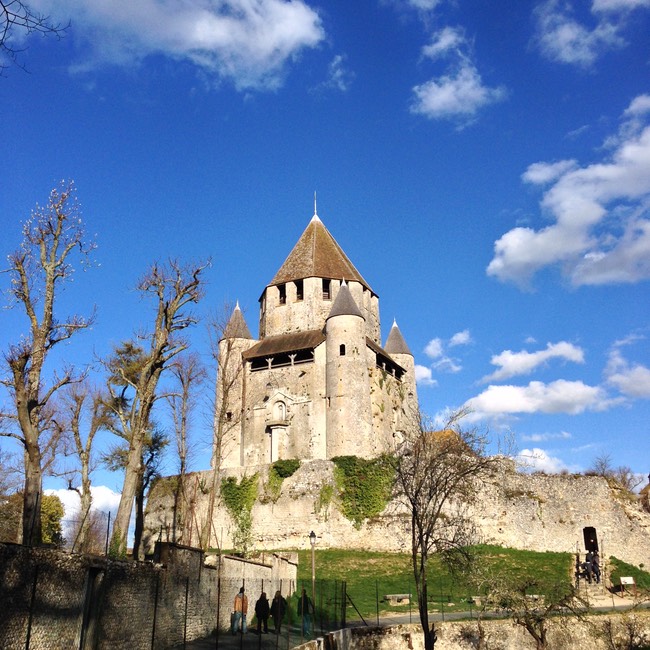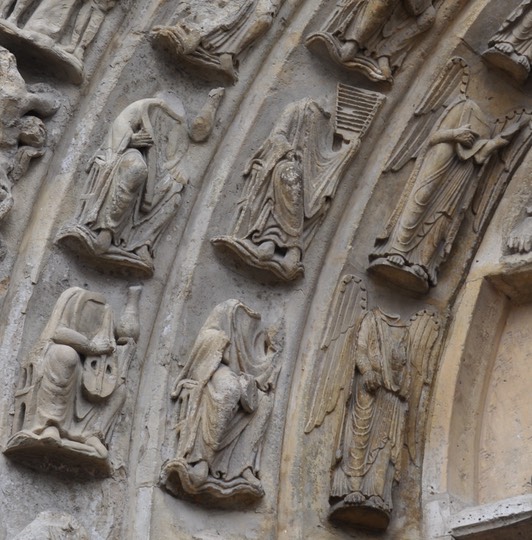
As a medievalist, I have rarely been more excited than the first time I visited Europe and walked among the artifacts of history. It was deeply satisfying to stand in churches, touch stone walls, and walk along streets that had been in existence for hundreds of years. One of the great regions for discovering the middle ages is northern France, where small towns and historic city centres still bear witness to history.
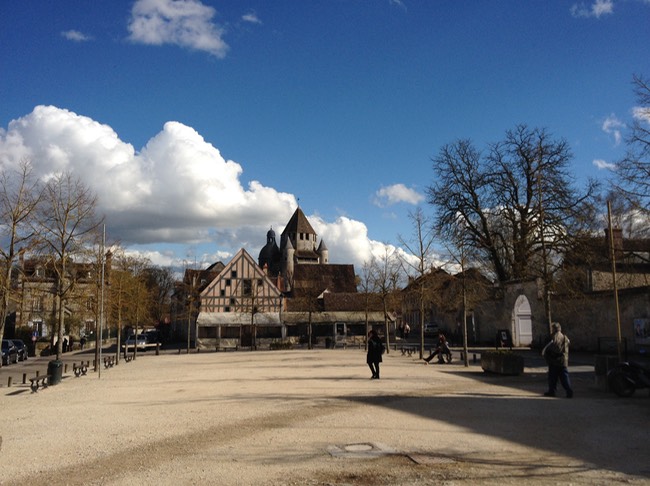
While on a visit to Paris, we planned a day trip to the UNESCO world heritage site of Provins, a town ninety minutes away by train, on the edge of the Champagne region. In the middle ages, Provins was a wealthy market town and trade fair site, and its 14th-century buildings have been marvelously preserved. Had it been summer, we would have had the option of historical reenactments. But our visit, in late March, took place just a few days before the official start of the summer tourist season, and even the museums were only open on weekends and school holidays. This proved perfect, as the town was relaxed and uncrowded.
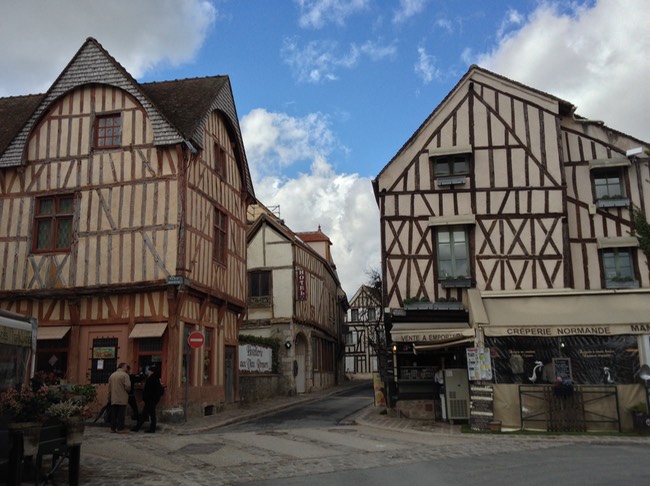
As with many medieval French towns, Provins consists of a modern lower ville and an ancient upper Cité. We walked from the little train station through the centre of the lower town, where we passed a good-sized street market just finishing up the morning’s business. We wandered through, stopping to buy some cheese from a truck. From there, we passed through winding streets and up a staircased hillside to the 12th-century church. This looked imposing from without but proved less interesting on the inside. However, walking around to the other side revealed the medieval town in all its delightful glory.

Cobblestoned streets were lined with half-timbered buildings, and a charming town square had an ancient stone cross as its centrepiece. Many of the old buildings contained shops, some in the basement, which required entry through small, ancient doorways and down steep stone stairs.
The little civic museum was full of artifacts from the town’s history, including a display of medieval pavements tiles. There was also the trade fair exhibit in the historic Granges-aux-Dîmes, which was a covered market during the town’s heyday in the late middle ages. The floor was set up with the stalls and workplaces of the various crafters and merchants of the time, peopled with wax figures and explained by an audio tour.
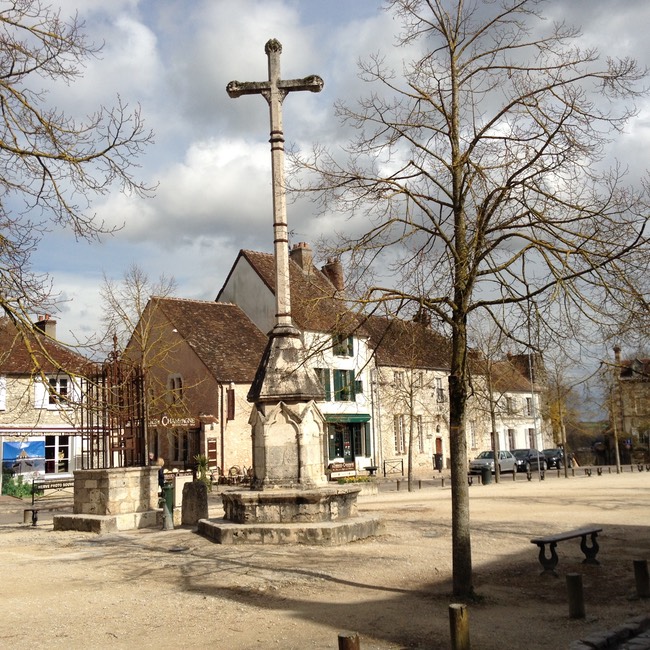
It was all engaging, but the most fun was to be had simply wandering the streets, enjoying the atmosphere. We finished with lunch in the square, where competing Norman and Breton style creperies stood on opposite corners. We chose the Breton one, where we filled up on impossibly large crepes and delicious cider, before walking back down the hill to the station. Provins in the off season was a perfectly charming and relaxed visit to the middle ages.
Photos: detail, Eglise Saint-Quiriace; Place du Châtel; historic buildings; exhibit in the Granges-aux-Dîmes; cross in the Place du Châtel; Tour César
